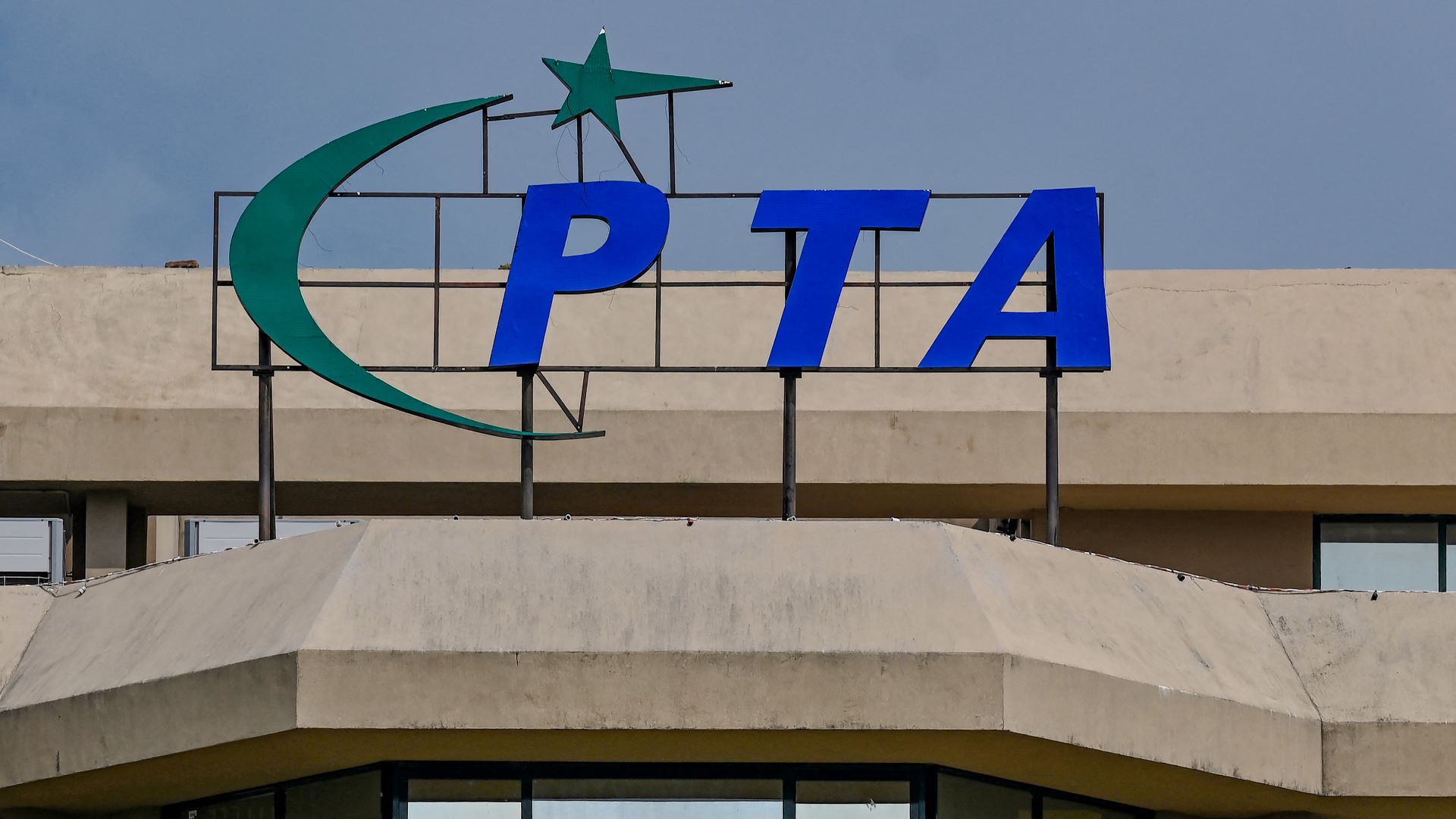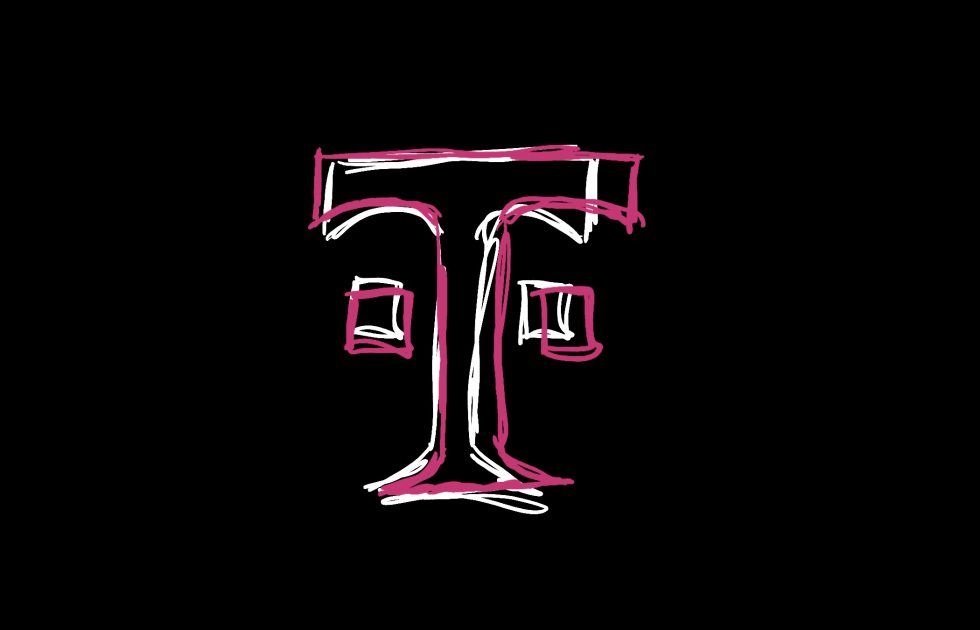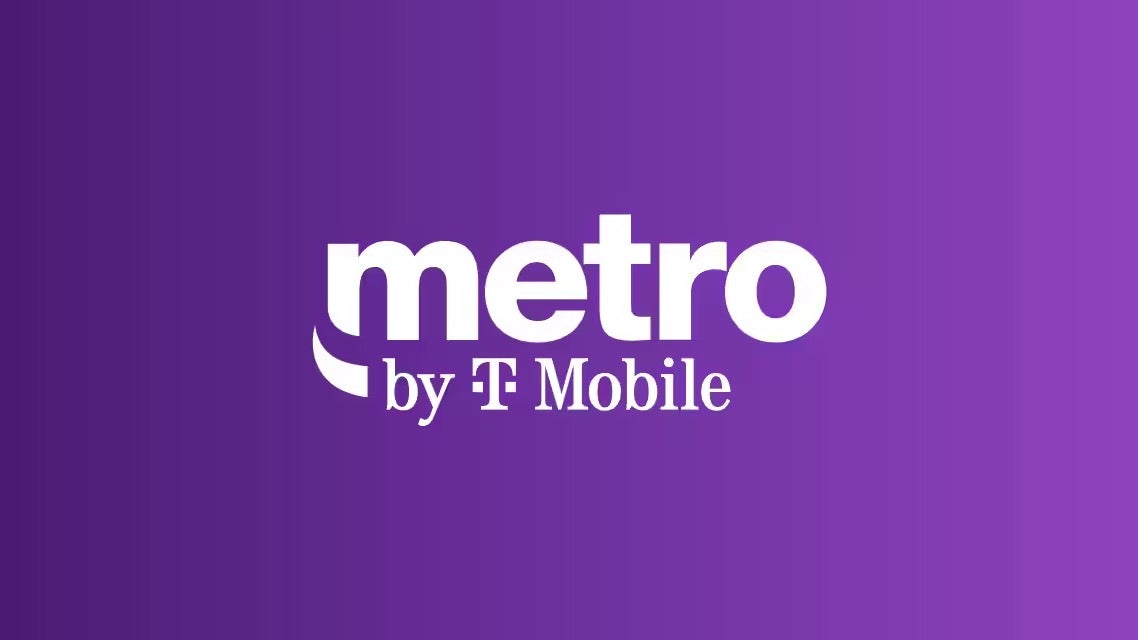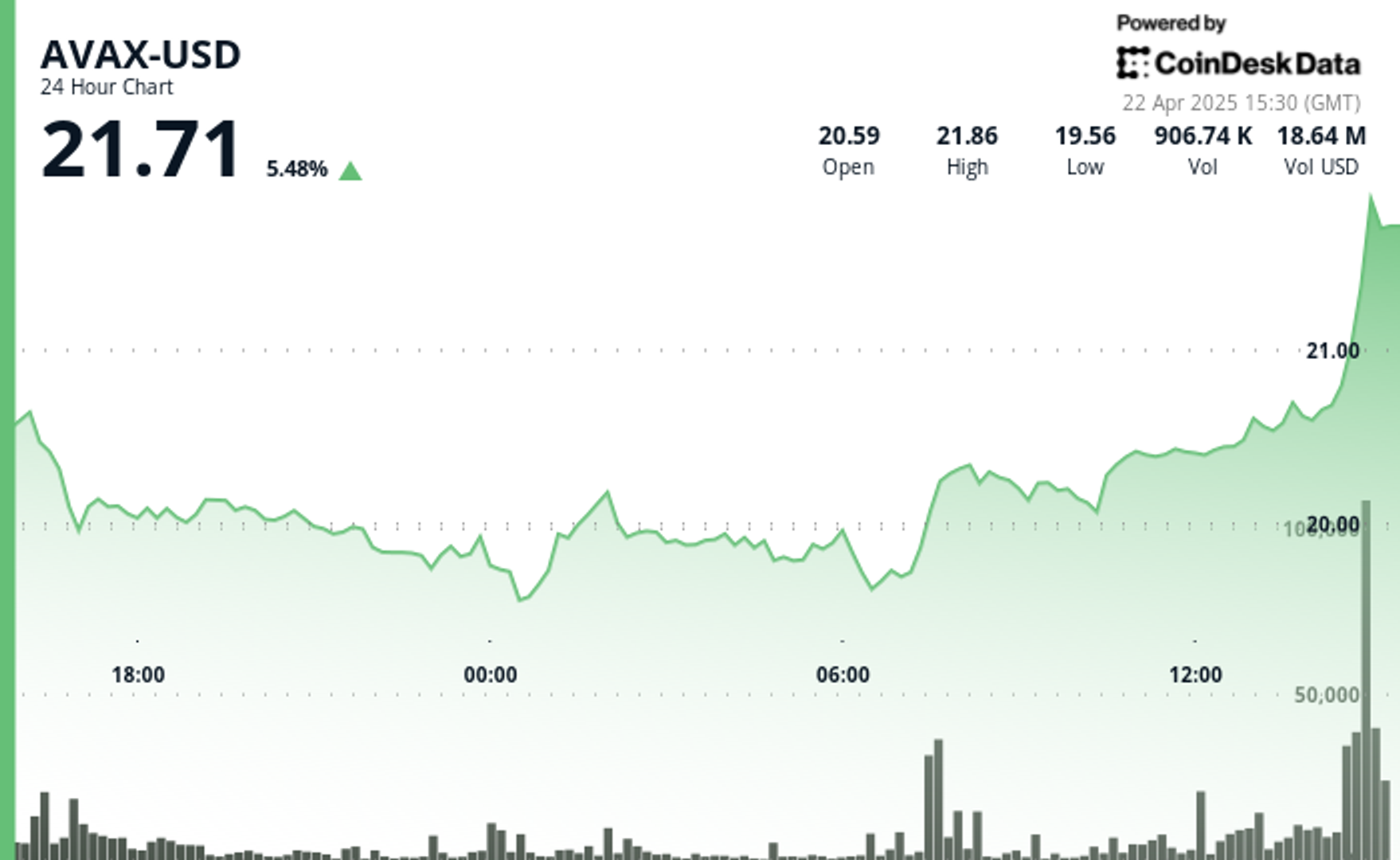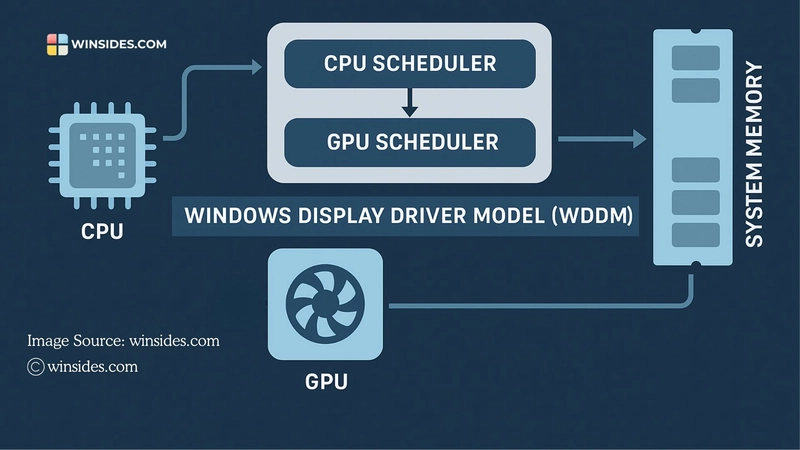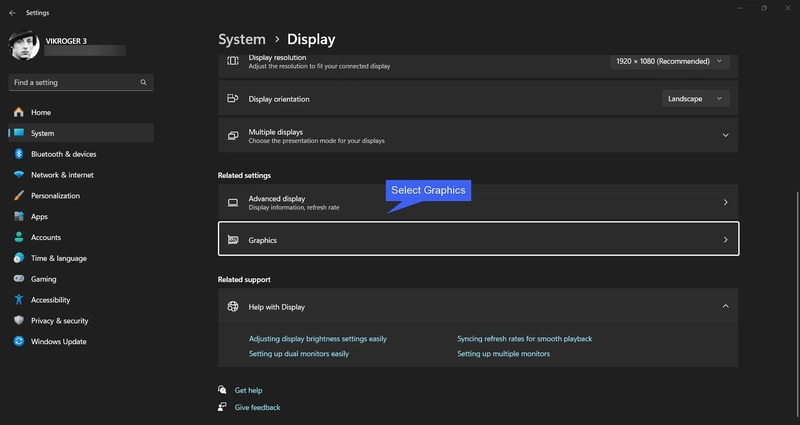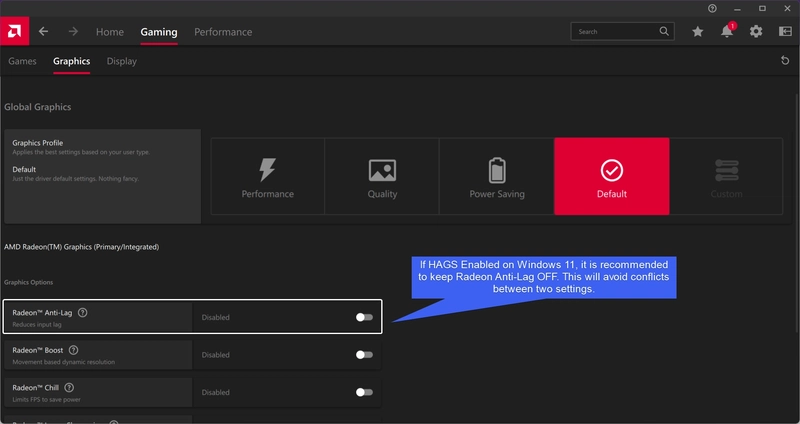What is Hardware Accelerated GPU Scheduling on Windows 11?
HAGS , the short form of Hardware Accelerated GPU Scheduling is an innovative feature introduced by Microsoft on Windows Operating Systems to improve the performance of Computing , Gaming , and Graphics Intensive Applications. It is more of an Background Optimization Mechanism. In this article, let’s check out in detail about HAGS, its functionality, and more. Let’s get Started. How Hardware Accelerated GPU Scheduling on Windows 11 works? How HAGS work on Windows 11? We all know that the CPU, the Central Processing Unit is the Brain of our system. It controls all the components like Input and Output Devices, Memory, Storage, Graphics, Peripheral Devices, etc. Traditionally, CPU is responsible for scheduling and managing tasks that are sent to the GPU. With HAGS enabled on Windows 11, GPU related Tasks scheduling is partially assigned to the GPU itself. By this way, GPU can work more efficiently , the load is taken off of the CPU, eventually improving the system performance and reduced input lag. Kindly refer to the following image for the better understanding of the HAGS Mechanism. HAGS working Mechanism From the above image, you can find there is a dedicated GPU Scheduler which is a part of the GPU itself, and GPU-related tasks, and queries are taken care by the GPU itself which reduces the CPU intervention. Hardware Accelerated GPU Scheduling works only on systems with Windows Display Driver Model 2.7, and higher. WDDM is essential because it paves the way for Windows to manage how the system interacts with your GPU. Older WDDM versions (WDDM 2.7 and lower) will not support HAGS mechanism and it heavily relies on CPU for instructions. You can check out your WDDM version using the DirectX Diagnostic Tool. Difference Between HAGS Enabled and HAGS not Enabled on Windows 11 Various Functions Without HAGS With HAGS Task Queue Location CPU only GPU using Internal Scheduler Scheduling Method Software Level, mostly via the OS & Drivers Hardware Level CPU Dependency Very High Low WDDM Version Required < 2.7 2.7 and Higher What are the System Requirements to Enable HAGS on Windows 11? HAGS was initially introduced on Windows 10, and has been been carried forward to Windows 11. Here are the system requirements. Operating System : Windows 10 & Windows 11. However, practically speaking, Windows 10 is no more, and hence, it is just Windows 11. GPU Hardware : If you are using NVIDIA, then make sure you have GeForce GTX 1000 or newer. If you are using AMD, then make sure you have Radeon RX 5000 or newer. WDDM Version : Make sure the Windows Display Driver Model Version is 2.7 and higher. You can check the version under the Display tab of DxDiag Tool. Additionally, make sure the Graphics Drivers are up to date. Turn on Hardware Accelerated GPU Scheduling on Windows 11 Once we make sure all the pre-requisites are met, we can then proceed to enable Hardware Accelerated GPU Scheduling on Windows 11. Here are the steps. Open Windows Settings using the Keyboard combination Win Key + I. From the left pane , click on System Settings. System Settings Select Display and open it. Click on Display Under Related Settings , click on Graphics. Select Graphics Graphics Setting will now open. Here, you can find the option “ Change Default Graphics Settings “. Click on Change Default Graphics Settings You can find the option “ Hardware accelerated GPU Scheduling “. If it is turned off, toggle the switch to turn on Hardware Accelerated GPU Scheduling. Enable Hardware Accelerated GPU Scheduling Once the option is turned on, it is highly essential to restart your system. Kindly restart your PC. That’s it. HAGS is now Enabled on your Windows 11 Rig. Other Graphics Settings worth considering on Windows 11 Since we are on the Default Graphics Settings page, there are other options that are worth considering. The options are Variable Refresh Rate (VRR). Optimizations for Windowed Games. Variable Refresh Rate Variable Refresh Rate Settings Variable Refresh Rate Settings on Windows 11, when possible get a higher frame rate and reduce screen tearing in games that don’t support variable refresh rate by default. If you are Gamer, this setting is worth considering. Optimizations for Windowed Games Optimizations for Windowed Games On Windows, we would have played two different types of games, Windowed ( Example: Minecraft Java Edition, etc.) and Borderless Windowed Mode( Example: Valorant, Call of Duty, etc.). Optimizations for Windowed Games enhances Gaming Performance of both modes using features like Flip Presentation Model , Auto HDR , Variable Refresh Rate option which was exclusive only for Full Screen Games. Information on the Go! Flip Presentation Model is the latest way of rendering frames from the game to the screen. The previous Bit Block Transfer uses CPU and copies Frame and the
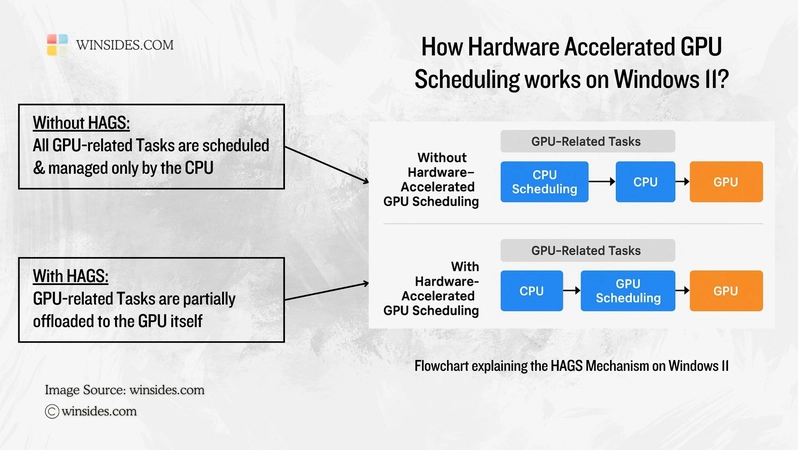
HAGS , the short form of Hardware Accelerated GPU Scheduling is an innovative feature introduced by Microsoft on Windows Operating Systems to improve the performance of Computing , Gaming , and Graphics Intensive Applications. It is more of an Background Optimization Mechanism. In this article, let’s check out in detail about HAGS, its functionality, and more. Let’s get Started.
How Hardware Accelerated GPU Scheduling on Windows 11 works?
We all know that the CPU, the Central Processing Unit is the Brain of our system. It controls all the components like Input and Output Devices, Memory, Storage, Graphics, Peripheral Devices, etc. Traditionally, CPU is responsible for scheduling and managing tasks that are sent to the GPU. With HAGS enabled on Windows 11, GPU related Tasks scheduling is partially assigned to the GPU itself.
By this way, GPU can work more efficiently , the load is taken off of the CPU, eventually improving the system performance and reduced input lag. Kindly refer to the following image for the better understanding of the HAGS Mechanism.
From the above image, you can find there is a dedicated GPU Scheduler which is a part of the GPU itself, and GPU-related tasks, and queries are taken care by the GPU itself which reduces the CPU intervention. Hardware Accelerated GPU Scheduling works only on systems with Windows Display Driver Model 2.7, and higher.
WDDM is essential because it paves the way for Windows to manage how the system interacts with your GPU. Older WDDM versions (WDDM 2.7 and lower) will not support HAGS mechanism and it heavily relies on CPU for instructions. You can check out your WDDM version using the DirectX Diagnostic Tool.
Difference Between HAGS Enabled and HAGS not Enabled on Windows 11
| Various Functions | Without HAGS | With HAGS |
|---|---|---|
| Task Queue Location | CPU only | GPU using Internal Scheduler |
| Scheduling Method | Software Level, mostly via the OS & Drivers | Hardware Level |
| CPU Dependency | Very High | Low |
| WDDM Version Required | < 2.7 | 2.7 and Higher |
What are the System Requirements to Enable HAGS on Windows 11?
HAGS was initially introduced on Windows 10, and has been been carried forward to Windows 11. Here are the system requirements.
- Operating System : Windows 10 & Windows 11. However, practically speaking, Windows 10 is no more, and hence, it is just Windows 11.
- GPU Hardware : If you are using NVIDIA, then make sure you have GeForce GTX 1000 or newer. If you are using AMD, then make sure you have Radeon RX 5000 or newer.
- WDDM Version : Make sure the Windows Display Driver Model Version is 2.7 and higher. You can check the version under the Display tab of DxDiag Tool.
- Additionally, make sure the Graphics Drivers are up to date.
Turn on Hardware Accelerated GPU Scheduling on Windows 11
Once we make sure all the pre-requisites are met, we can then proceed to enable Hardware Accelerated GPU Scheduling on Windows 11. Here are the steps.
- Open Windows Settings using the Keyboard combination Win Key + I.
- From the left pane , click on System Settings.
- Select Display and open it.
- Under Related Settings , click on Graphics.
- Graphics Setting will now open. Here, you can find the option “ Change Default Graphics Settings “.
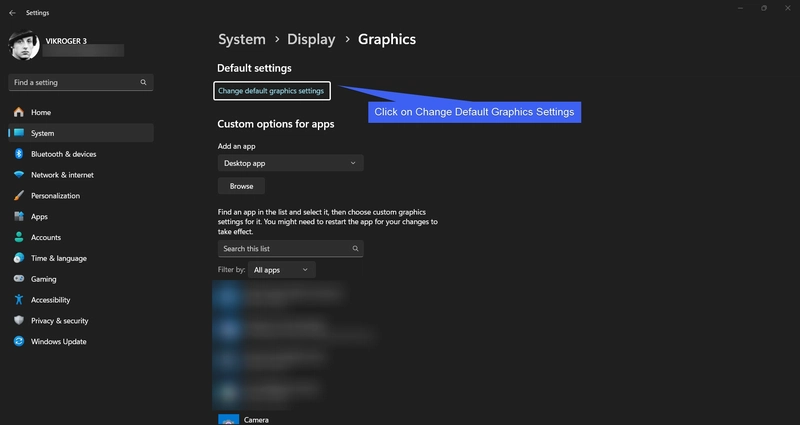
Click on Change Default Graphics Settings
- You can find the option “ Hardware accelerated GPU Scheduling “. If it is turned off, toggle the switch to turn on Hardware Accelerated GPU Scheduling.

Enable Hardware Accelerated GPU Scheduling
- Once the option is turned on, it is highly essential to restart your system. Kindly restart your PC.
- That’s it. HAGS is now Enabled on your Windows 11 Rig.
Other Graphics Settings worth considering on Windows 11
Since we are on the Default Graphics Settings page, there are other options that are worth considering. The options are
- Variable Refresh Rate (VRR).
- Optimizations for Windowed Games.
Variable Refresh Rate

Variable Refresh Rate Settings
Variable Refresh Rate Settings on Windows 11, when possible get a higher frame rate and reduce screen tearing in games that don’t support variable refresh rate by default. If you are Gamer, this setting is worth considering.
Optimizations for Windowed Games
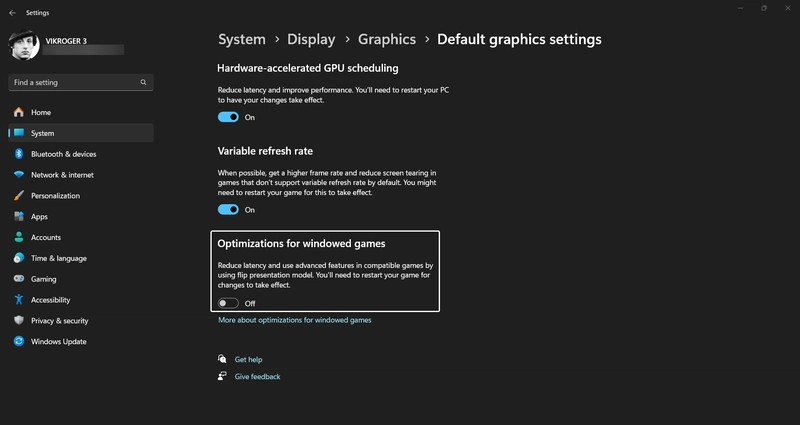
Optimizations for Windowed Games
On Windows, we would have played two different types of games, Windowed ( Example: Minecraft Java Edition, etc.) and Borderless Windowed Mode( Example: Valorant, Call of Duty, etc.). Optimizations for Windowed Games enhances Gaming Performance of both modes using features like Flip Presentation Model , Auto HDR , Variable Refresh Rate option which was exclusive only for Full Screen Games.
Information on the Go! Flip Presentation Model is the latest way of rendering frames from the game to the screen. The previous Bit Block Transfer uses CPU and copies Frame and then send it to GPU and then to Screen. However, FPM uses GPU to flip frame buffers directly into the screen.
Disable Hardware Accelerated GPU Scheduling on Windows 11
Though HAGS are intended to enhance the system and graphics performance, after enabling HAGS on Windows 11, if you face issues like inconsistent frame pacing , stutters , micro lag , crashes , issues with screen recording , etc., then you can consider turning off HAGS.
Possible causes include GPU drivers not optimized for HAGS, older hardware, or the game itself is not designed to work well with modern scheduling, etc., you might face the above issues. Kindly follow the below steps to turn off Hardware Accelerated GPU Scheduling on Windows 11.
- Go to the Windows Settings and then click on System. Select Display. Under Related Settings , click on Graphics. Proceed with Default Graphics Settings.
- Now, Turn off Hardware Accelerated GPU Scheduling. You can toggle the switch off.
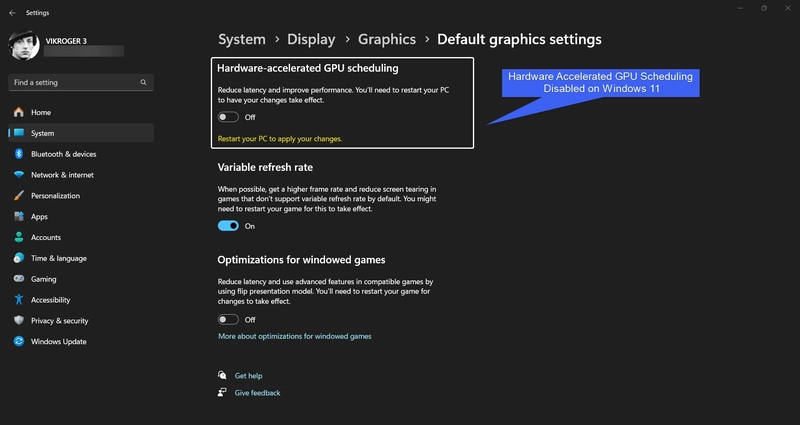
Hardware Accelerated GPU Scheduling Disabled on Windows 11
- That’s it. HAGS is now disabled on your Windows 11 rig. Make sure to restart your system.
Additional Insights
My Asus ROG is running on AMD Ryzen 7 4800H Octa Core with integrated Radeon Graphics and NVIDIA GeForce 1650. When HAGS is enabled on Windows 11, please make sure to keep Radeon Anti Lag option on the AMD Software Disabled to avoid conflicts between the two settings. On the other hand, also make sure to turn off NVIDIA Reflex, if HAGS is enabled.
Take Away
Microsoft has introduced Hardware Accelerated GPU Scheduling to improve the system and gaming performance by giving more control to the GPU. This process reduces latency, and provides smoother performance. Will you enable HAGS on Windows 11? Kindly let us know in the comments.
For more interesting articles, stay tuned to Winsides.com! Happy Gaming! Peace out!
.jpg)








































































































































































![[The AI Show Episode 144]: ChatGPT’s New Memory, Shopify CEO’s Leaked “AI First” Memo, Google Cloud Next Releases, o3 and o4-mini Coming Soon & Llama 4’s Rocky Launch](https://www.marketingaiinstitute.com/hubfs/ep%20144%20cover.png)















































































































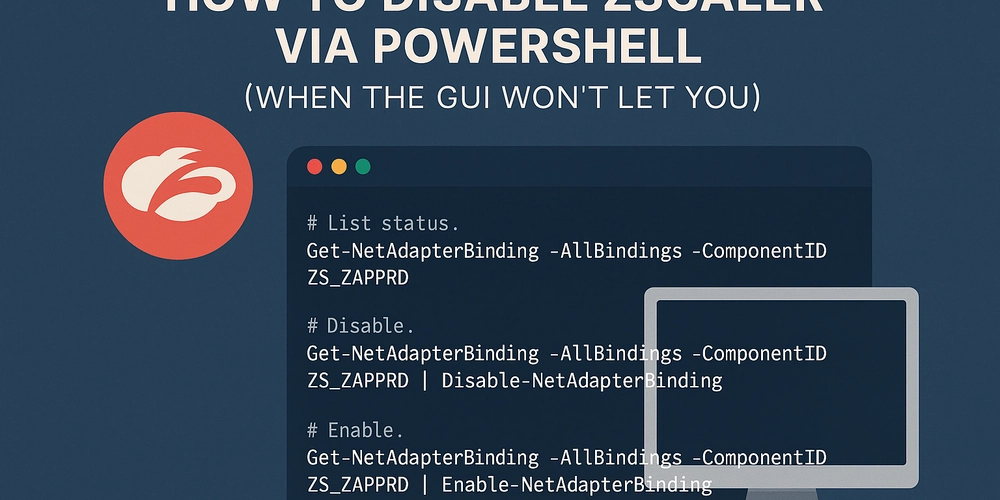

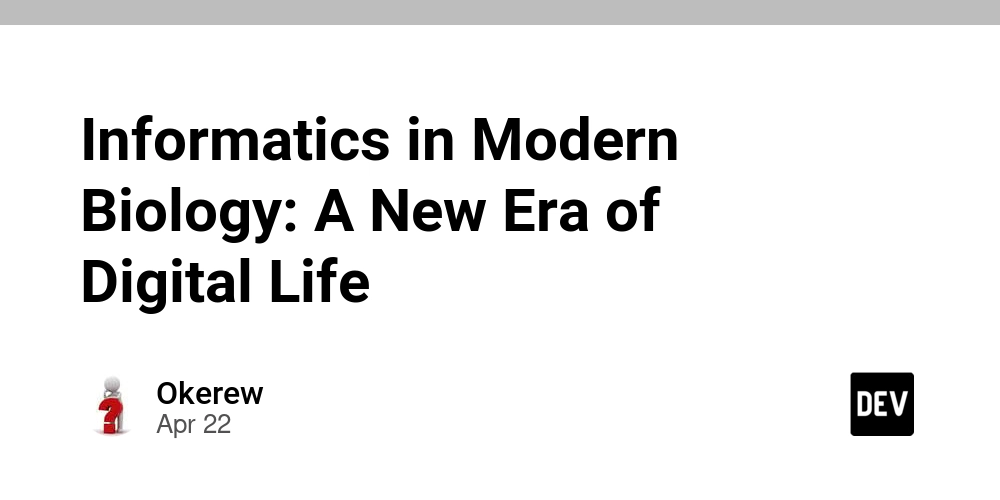
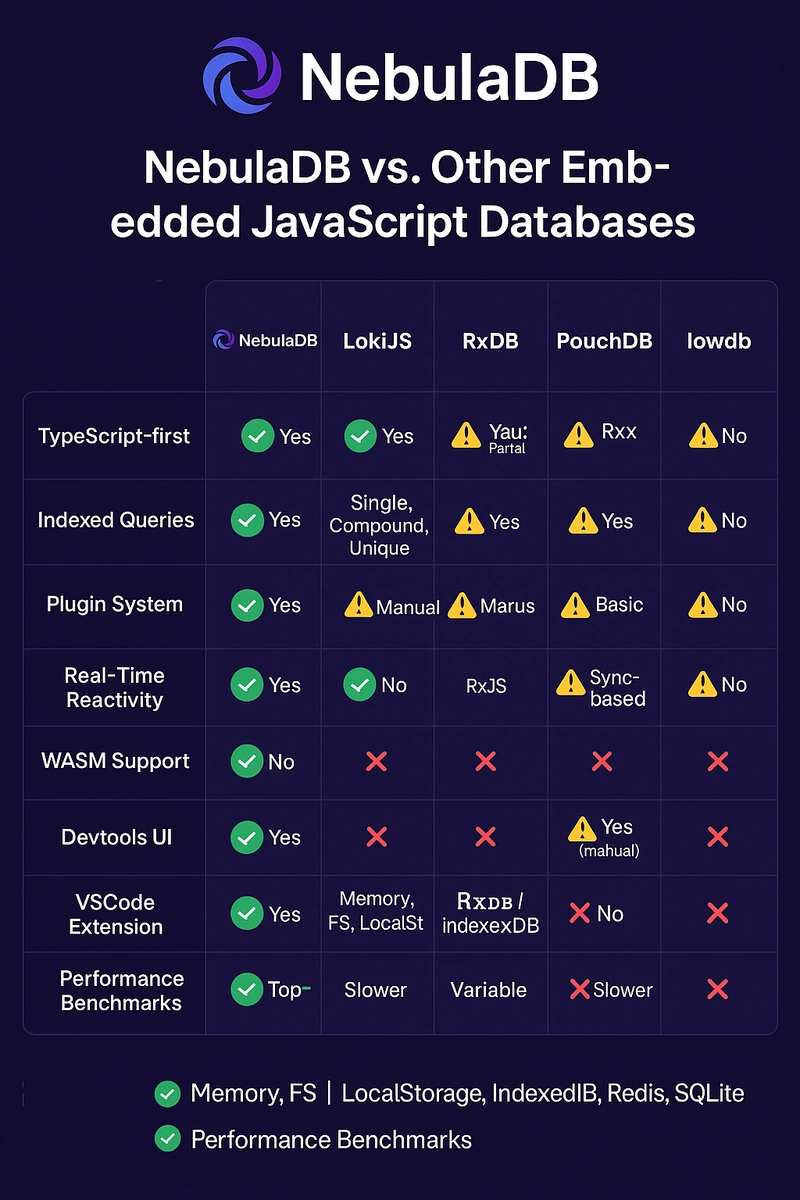





































![BPMN-procesmodellering [closed]](https://i.sstatic.net/l7l8q49F.png)

























































































-All-will-be-revealed-00-35-05.png?width=1920&height=1920&fit=bounds&quality=70&format=jpg&auto=webp#)
-All-will-be-revealed-00-17-36.png?width=1920&height=1920&fit=bounds&quality=70&format=jpg&auto=webp#)
-Jack-Black---Steve's-Lava-Chicken-(Official-Music-Video)-A-Minecraft-Movie-Soundtrack-WaterTower-00-00-32_lMoQ1fI.png?width=1920&height=1920&fit=bounds&quality=70&format=jpg&auto=webp#)
























_Weyo_alamy.png?width=1280&auto=webp&quality=80&disable=upscale#)
_Brain_light_Alamy.jpg?width=1280&auto=webp&quality=80&disable=upscale#)







































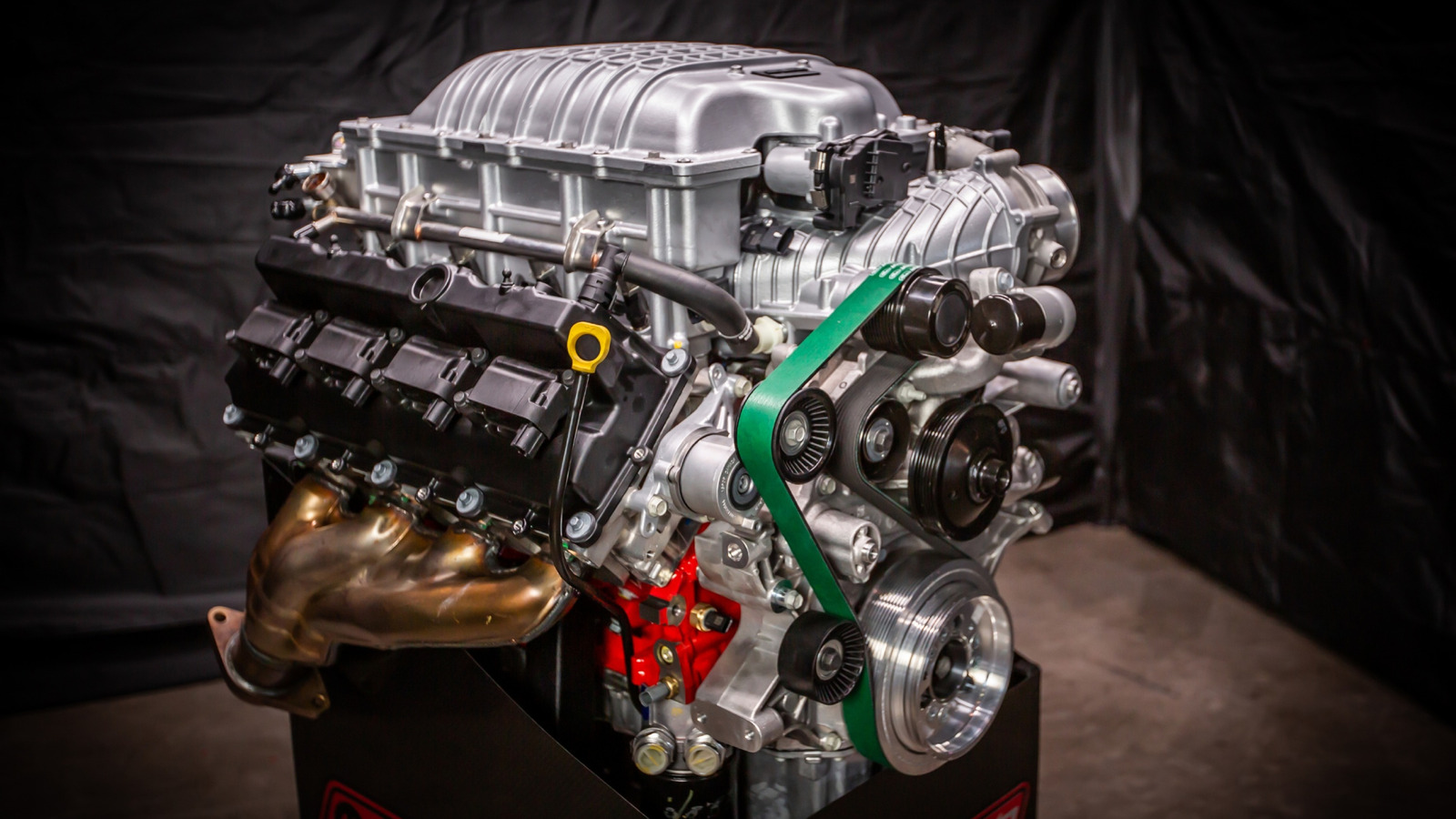

































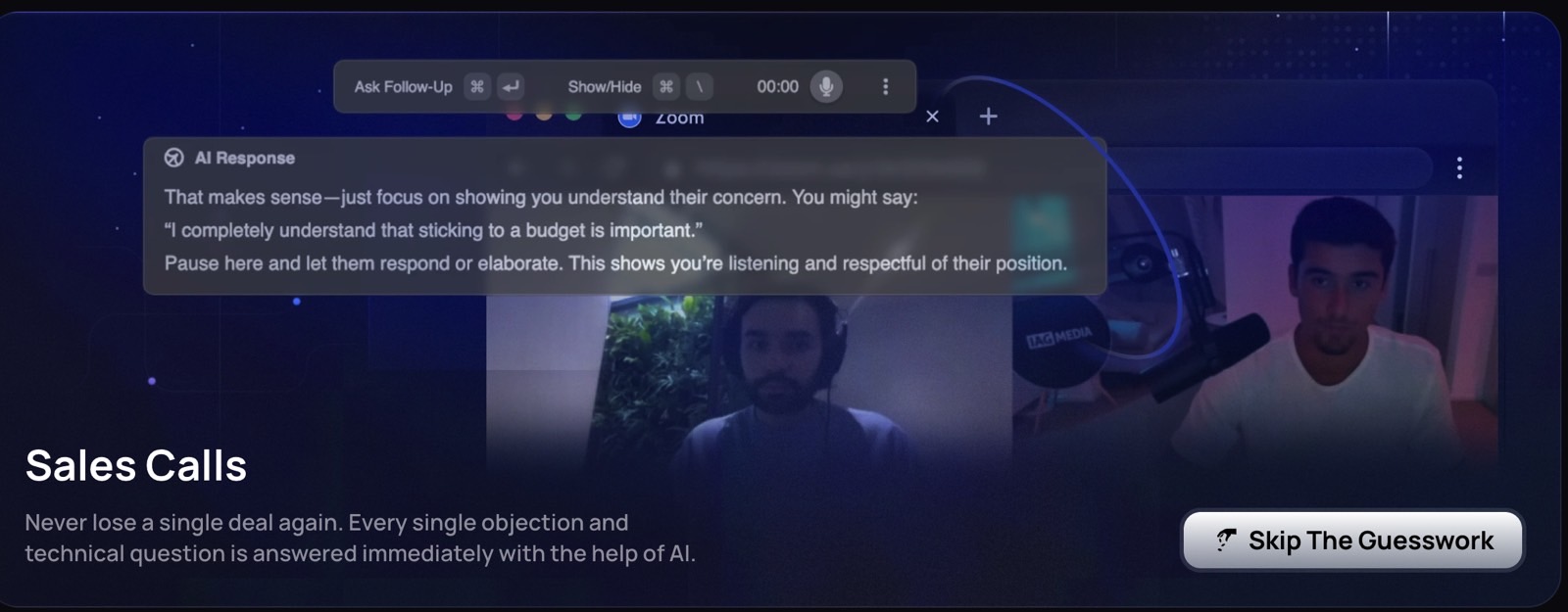





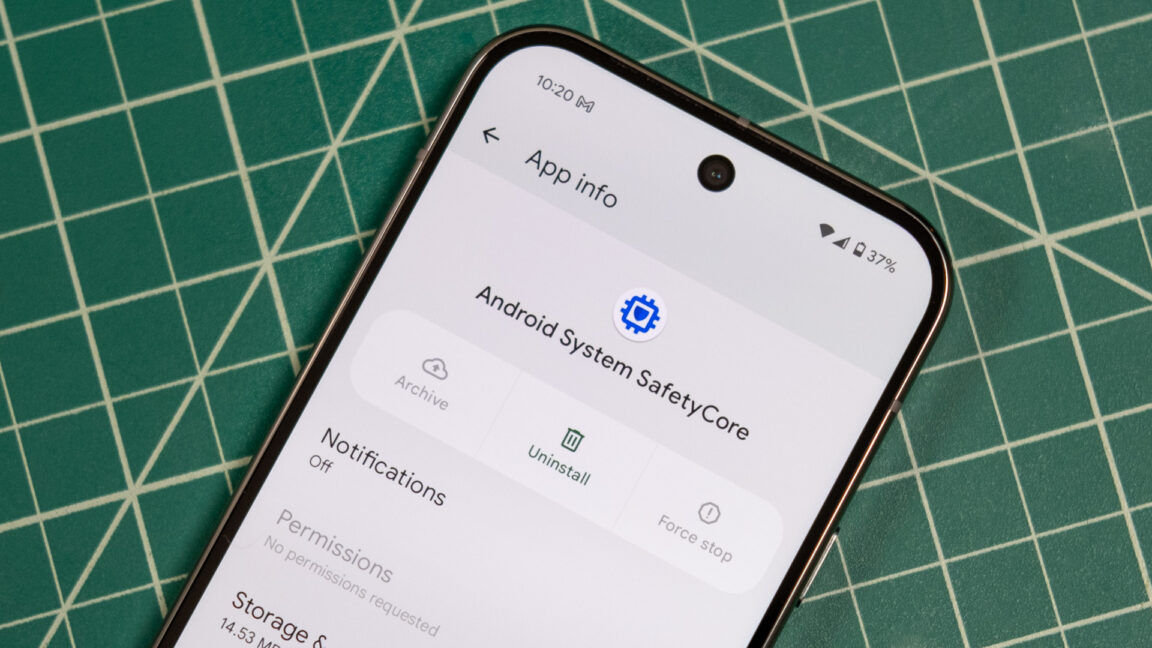


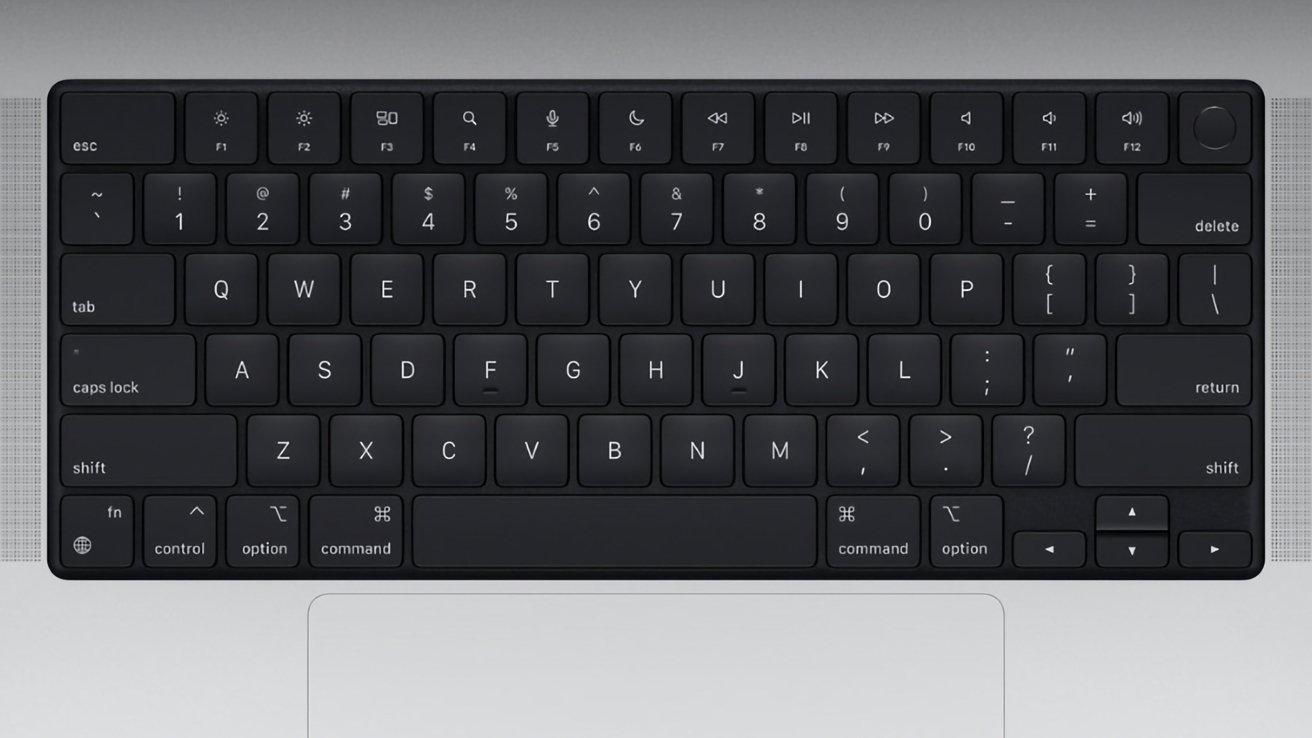



























![Apple Releases Public Beta 2 of iOS 18.5, iPadOS 18.5, macOS Sequoia 15.5 [Download]](https://www.iclarified.com/images/news/97094/97094/97094-640.jpg)

![New M4 MacBook Air On Sale for $929 [Lowest Price Ever]](https://www.iclarified.com/images/news/97090/97090/97090-1280.jpg)
![Apple iPhone 17 Pro May Come in 'Sky Blue' Color [Rumor]](https://www.iclarified.com/images/news/97088/97088/97088-640.jpg)
















